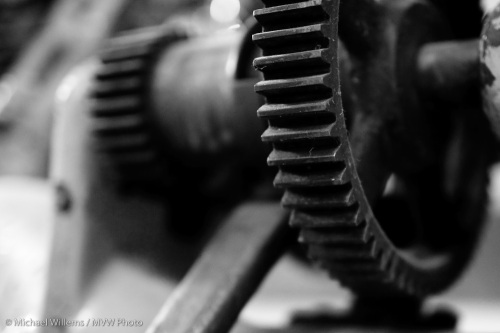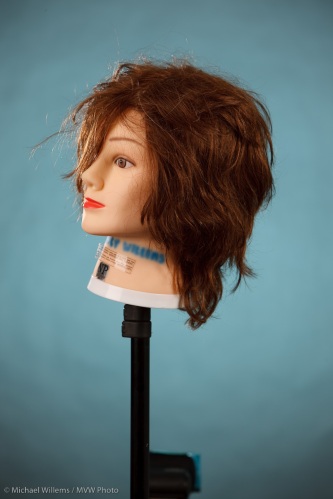Reader Craig asks:
Is it possible to get auto ISO to play nice with external flash (I’m using Nikon equipment)? I haven’t played with it in a while, but I specifically stopped using auto ISO because I was finding it would give me ISO 800 based on the camera metering when the flash had plenty of power to push it to say ISO 200. It seems odd to me that since there’s a preflash, that that information wouldn’t be shared with the camera to set the proper ISO automatically. Just curious if that’s your experience as well or if there’s a way around it. There are a a few scenarios where I’d be happy to use a (functional) auto ISO limited to ISO 800 and just deal with the noise reduction in post.
Good question. And as always… the answer is “it depends”.
First: if you take my “Advanced Flash for Pros” workshop, I go into all the nitty gritty details of both Nikon CLS/iTTL and Canon E-TTL. That will answer some.
But let me give a simple answer here. Typically when I am using flash, I will not use auto ISO. I prefer to keep things simple. Setting it myself means simple.
You expose the background using Aperture and ISO and Shutter Speed. You make it look as dark as you like – say, two stops below ambient as a great starting point. Auto ISO means the camera will likely overrule your brightness/darkness settings. Manual exposure settings become a sort of “exposure priority” setting instead.
So while auto ISO can work well when using flash (just set expsoure two stops below ambient in S/Tv mode), it is not necessarily ideal when using flash:
- In M mode, you cannot set exposure compensation
- In S/Tv mode, you may get funny apertures
- In Av mode, you may get slow exposures.
In fact on a modern Canon DSLR like my new 1D Mark IV, when using flash, ISO will automatically go off auto and will set itself to 400 when the flash is detected.
The preflash helps the camera set the flash power level for the foreground, lit-by-the-flash subject. The aperture, shutter speed and ISO settings set the background brightness. And again, typically I will be in manual exposure, and will set that to -2 stops, metered average (two stops below ambient). Auto ISO negates that!
So while it depends, it does not depend that much. When using flash, I will usually set ISO to a manual. Yes, you can set limits to auto ISO (Nikon is much better than Canon at that!), but it is still better to do your own, and to keep control.
The above applies to indoors flash shots where the light is consistent enough for you to use manual exposure settings. Outdoors it would be different – except there is so much light you do not need auto ISO.












